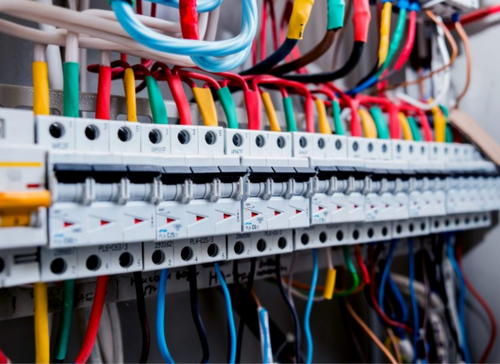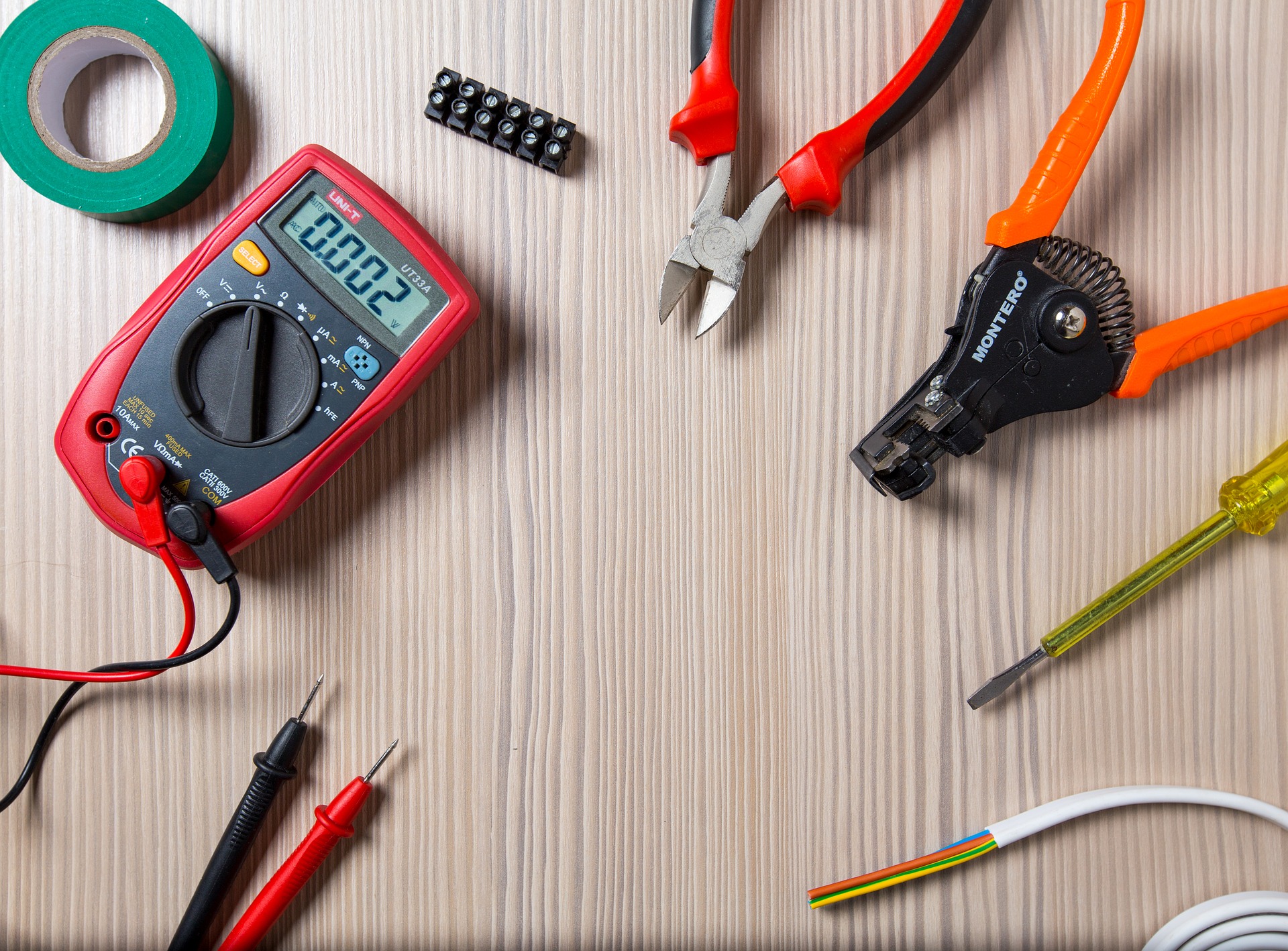Discover the very best in BRE Services for Electrical and Automation
Discover the very best in BRE Services for Electrical and Automation
Blog Article
Debunking Electric Setup: Recognizing Codes and Regulations for a Legal and Safe Configuration
In the world of electric installment, adherence to codes and laws is critical to make certain both validity and safety. The intricacies surrounding electrical job can be difficult, however familiarizing oneself with the established requirements is crucial to browsing this area with self-confidence. By recognizing the details of the National Electric Code and regional building regulations, individuals can assure that their installments satisfy required precaution and remain in conformity with the law. The journey to debunking electrical installment goes past mere familiarity with guidelines; it necessitates an extensive grasp of just how to execute secure electrical techniques efficiently.
Importance of Electrical Codes
The adherence to electric codes is crucial in making certain the safety and integrity of electrical installments. Electric codes offer as a collection of requirements and guidelines that dictate the appropriate design, installment, and maintenance of electric systems. These codes are developed to decrease the threat of electric dangers, fires, and other safety and security issues that might emerge from damaged electrical work.

Furthermore, electric codes are consistently updated to incorporate brand-new innovations, ideal techniques, and safety procedures. Staying updated with these codes is essential for specialists in the electric sector to make certain that their work satisfies the newest security requirements. Inevitably, the relevance of electric codes lies in developing a safe and secure and effective electric framework that profits both individuals and communities.
Key Regulations for Safety
Several essential regulations control the safety and security standards in electric installations. One vital regulation is the National Electrical Code (NEC), which supplies standards for secure electric layout, installation, and inspection to secure people and residential or commercial property from electrical risks. The NEC covers elements such as circuitry approaches, grounding, overcurrent protection, and tools installment to guarantee a risk-free electric system.
An additional vital law is the Occupational Safety and Wellness Management (OSHA) requirements, which concentrate on the security of workers associated with electrical setups (BRE Automation Australia). OSHA policies consist of demands for appropriate training, safety and security procedures, and individual safety devices to avoid workplace crashes and injuries
Furthermore, the International Electrotechnical Payment (IEC) criteria intend to balance electrical installation policies on an international range. These criteria address problems like electrical equipment safety, electromagnetic compatibility, and power effectiveness to advertise harmony and safety in electric setups worldwide.
Conformity with these crucial policies is essential to make certain the safety and validity of electrical setups, safeguarding both people and residential property from the risks related to electrical power.
Recognizing National Electric Code
Secret laws such as the National Electric Code (NEC) give necessary standards for secure electrical style, setup, and examination to make sure the protection of people and residential property from electric risks. The NEC, likewise called NFPA 70, is an extensive collection of requirements for electrical installations that are upgraded every three years. It is created by the National Fire Security Association (NFPA) and is commonly adopted throughout the USA.
The NEC covers various facets of electric job, including wiring techniques, grounding, overcurrent defense, and tools installment. It aims to safeguard people and home by resolving possible threats connected with electric systems. Conformity with the NEC is generally applied by regional authorities having territory (AHJs), such as building code authorities and inspectors.
Recognizing the NEC is vital for electric contractors, designers, and inspectors to make certain that setups fulfill the essential security demands. By adhering to the NEC guidelines, professionals can help protect against electrical accidents and guarantee the dependability of electrical systems in domestic, commercial, and commercial setups.

Compliance With Local Building Regulations
Recognizing and adhering to local building codes is essential for making sure the safety and conformity of electrical installations within a details jurisdiction (BRE Automation Australia). Neighborhood building regulations differ from one town to one more, and they are implemented to safeguard the wellness of passengers and residential properties. These codes describe specific requirements for electrical setups, such as the kind of electrical wiring to be made use of, placement of outlets, grounding approaches, and tons capacities. By adhering to regional building ordinance, electricians can make certain that installments are done properly and fulfill the essential safety standards. BRE Automation Australia
When it comes to electrical installments, failure to abide by regional building regulations can lead to severe consequences. Non-compliant installments may pose safety hazards, raise the threat of electric fires, and result in expensive penalties or lawful concerns. In addition, insurance provider might reject to cover problems arising from installations that do not fulfill local structure code requirements. Consequently, it is crucial for electrical experts and professionals to stay informed about and purely comply with the regional building ordinance relevant to their tasks.
Making Sure Safe Electric Practices
Exercising rigorous adherence to developed safety and security protocols is critical in the area of electric installations to mitigate prospective dangers and guarantee the well-being of people and residential or commercial properties. Safety in electric work incorporates various aspects, beginning with the correct training of workers included in installation, upkeep, and repair work. It is vital to comply with supplier directions diligently when taking care of electrical components and tools. Before beginning any type of job, it is important to conduct a complete risk assessment to determine possible dangers and implement preventive procedures. Making use of personal protective equipment (PPE) such as protected gloves, safety and security glasses, and non-conductive shoes is non-negotiable to protect against electric shocks and arc flashes. Routine equipment examinations, testing, and maintenance timetables are important to identify and remedy faults before they rise right into safety dangers. Adherence to appropriate lockout-tagout procedures during maintenance tasks is critical to protect against unintended energization of circuits. By focusing on secure techniques, electric setups can operate efficiently while minimizing the chance of mishaps or damages.
Conclusion
To conclude, adherence to electric codes and laws is vital for ensuring the safety and security and validity of electrical setups. Comprehending the National Electric Code and conformity with neighborhood building ordinance are necessary for a safe arrangement. By complying with these standards and practicing secure electric practices, people can stop possible dangers and ensure the appropriate functioning of their electric systems.
Report this page